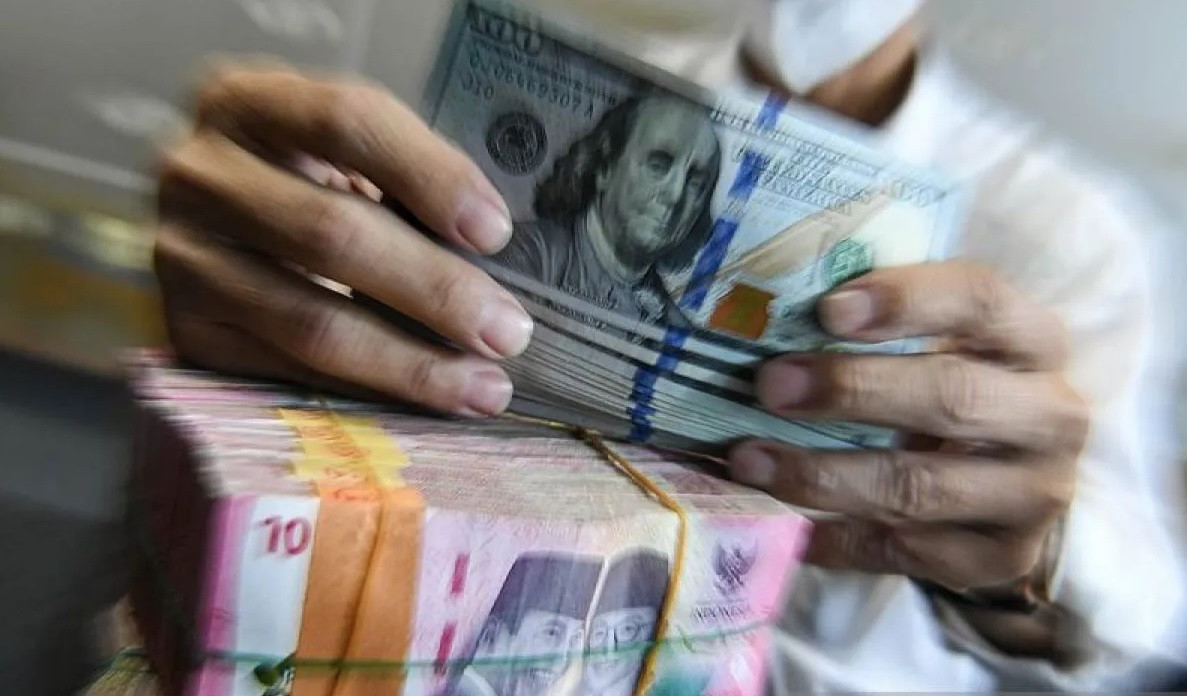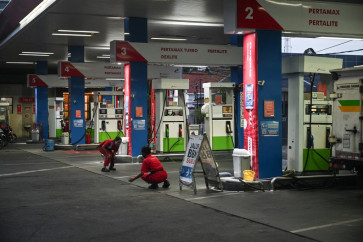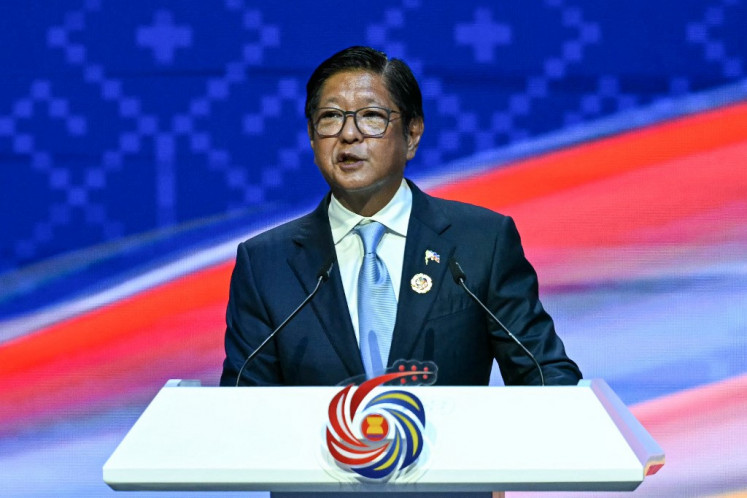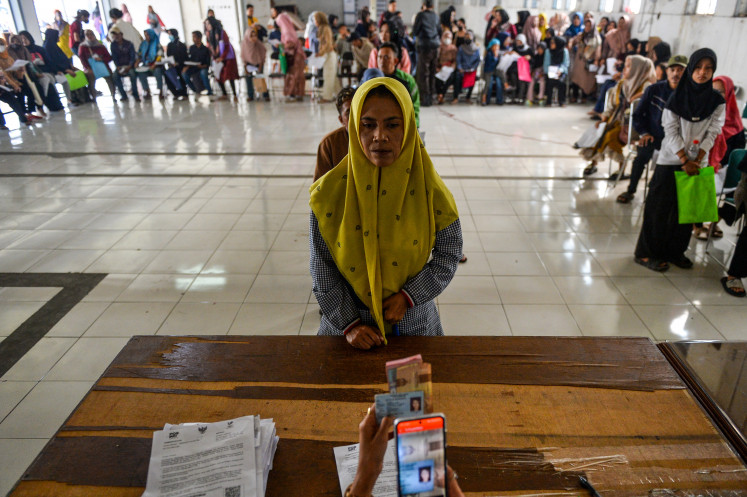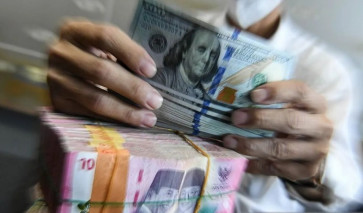Popular Reads
Top Results
Can't find what you're looking for?
View all search resultsPopular Reads
Top Results
Can't find what you're looking for?
View all search resultsThe rupiah’s road home and Indonesia’s new economic currents
Cautious optimism for the fourth quarter suggests that the country can chart its course through uncertain seas by steering its way with greater resilience.
Change text size
Gift Premium Articles
to Anyone
I
ndonesia steps into the final quarter of 2025 like a ship sailing between calm waters and hidden reefs. On the surface, the seas look steady: growth anchored in the 4.6-5.1 percent range, the trade surplus swelled to US$5.49 billion in August, its strongest tide since 2022, and inflation at 2.65 percent in September, still within the safe harbor of the Bank Indonesia (BI) target.
These figures suggest resilience, yet beneath them stirs fragility. The pulse of domestic consumption, long the beating heart of our economy, has yet to recover its pre-pandemic rhythm. Meanwhile the rupiah, drifting between 16,300 and 16,700 per United States dollar, sways like a compass needle to the magnetic winds of global sentiment.
Each fluctuation tells a tale: of farmers in Sulawesi weighing the price of cocoa, of steel mills in Java awaiting shipments of coal, of mothers in Jakarta recalculating the week’s groceries. The rupiah does not merely measure value; it carries memory, expectation and trust.
To follow its journey is to read Indonesia’s own reflection. Sometimes fragile, bent by the gales of global finance; sometimes resilient, lifted by the strength of domestic industry and the courage of its people; always it reminds us that our economy is not an abstraction but a living current, shaped by choices, policies and visions of tomorrow.
And so, as Indonesia steps into the closing quarter of 2025, the rupiah stands not only as a currency to be defended but also as a compass, pointing us toward the kind of nation we aspire to become, a nation that can weather storms: one that can turn liquidity into productivity, fragility into resilience and uncertainty into the steady rhythm of hope.
Simulations through a vector autoregression (VAR) model echo this duality. In the short run, global tremors such as a spike in volatility or an exodus of capital press the currency downward. Yet in the long run, it is our own choices, such as in the cadence of money supply or the stance on interest rates, that set the keel straight. Global winds set the direction, but the helm is always in our hands.
Liquidity has long carried a stigma that easing, by definition, weakens the rupiah. But the story is subtler. When liquidity seeps into speculation or mere consumption, fragility deepens. Yet when it irrigates the soil of productivity, financing factories, downstreaming industries and renewable energy, the effect transforms.

